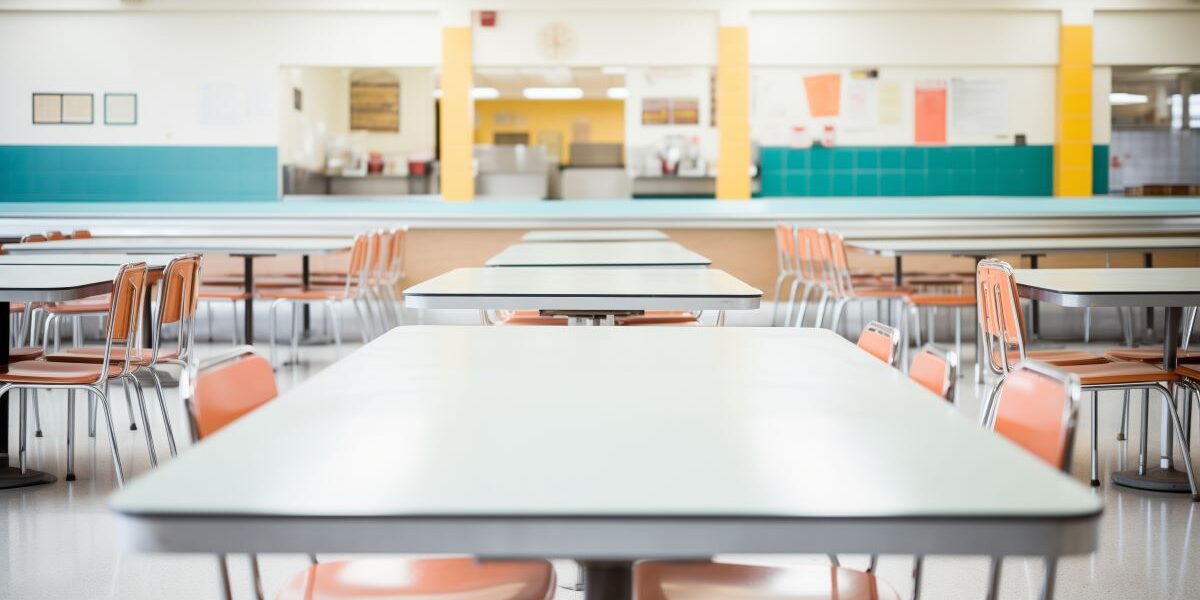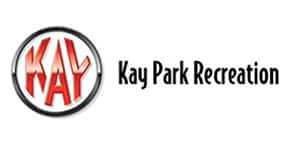School kitchen design plays a vital role in ensuring the functionality and safety of school cafeterias. It creates a comprehensive kitchen that meets students’ demands. An effectively designed school kitchen maximizes space, enhances workflow, and meets students’ nutritional needs.
The primary objectives when designing a school kitchen are safety, efficiency, compliance with health codes, and adaptability to evolving food trends and school requirements.
Designing a school kitchen that effectively serves its educational community requires a careful blend of strategic planning, efficient layout, and the right equipment.
Key considerations include choosing a kitchen layout that enhances workflow, selecting durable and easy-to-maintain materials, and installing state-of-the-art equipment that meets the specific culinary needs of the school environment.
Energy efficiency and technology integration play critical roles in modernizing school kitchens, making them more cost-effective and aligned with sustainable practices.
With thoughtful design, thorough planning, and proper implementation, a school kitchen significantly improves meal service efficiency, ensures food safety, and provides a valuable educational resource.
To achieve and successfully implement the best design, stakeholders—including school administrators, kitchen staff, students, equipment dealers, and design professionals—should be involved in the whole process.
This comprehensive approach ensures that school kitchens are capable of supporting both the nutritional and educational goals of schools, contributing to a healthier, more efficient, and educationally enriching environment.
KEY DESIGN FEATURES
The key school kitchen design features are energy economy, technological integration, and customized features tailored to culinary and dietary demands.
Energy efficiency aims to achieve economic savings and a lower carbon impact by upgrading to Energy Star-certified equipment and LED lighting.
Technology integration improves functionality, with automated inventory systems ensuring accurate stock management and IoT-enabled appliances allowing for remote monitoring and predictive maintenance.
Custom features cater to a wide range of culinary talents and meet the nutritional needs of students, including specialist equipment such as combi ovens and sous vide devices for precision cooking procedures.
- Energy Efficiency
Energy efficiency is a significant priority for school kitchens for economic savings and to reduce the institution’s carbon imprint. Implementing energy-efficient practices may considerably reduce energy use, save money, and help protect the environment.
Upgrading to Energy Star-certified equipment—such as stoves, refrigerators, and dishwashers—is a key tip. Converting to LED lighting may significantly cut energy usage, while optimizing kitchen architecture can increase efficiency by lowering food transit distance and heat loss and improving ventilation.
Regular maintenance of kitchen equipment is required to achieve maximum energy efficiency, and monitoring energy consumption using energy meters aids in determining and correcting energy waste areas. School kitchens can substantially impact energy conservation, cost reduction, and environmental sustainability by taking these measures.
- Technology Integration
Modern technologies, including automated inventory systems and IoT-enabled equipment, enhance commercial kitchen functionality by simplifying operations, increasing productivity, and boosting decision-making.
Automated inventory systems use sensors and data analytics to track inventory levels in real-time, resulting in more precise stock management and less waste. IoT-enabled appliances have sensors and networking capabilities, allowing remote monitoring, predictive maintenance, and energy-efficiency optimization.
These appliances and central control systems can interact with one another, enabling seamless coordination and proactive issue solutions. School kitchens may use these technologies to reduce manual activities and efficiently manage inventory levels.
- Custom Features
Customizing school kitchens with specialized features for culinary arts or particular dietary accommodations is required to accommodate varied cooking skills and meet individual nutritional requirements. These can be specialized cooking equipment, such as combi ovens, sous vide machines, and immersion circulators, which provide precise temperature control and a variety of cooking methods.
Specialized workstations with allergen-free utensils, cutting boards, and prep spaces are required to accommodate kids with food allergies or sensitivities. Adjustable height counters and accessible storage solutions can promote diversity and allow students of all skill levels to engage comfortably in culinary activities.
In conclusion, the design of school kitchens is critical to ensure the functioning and safety of school cafeterias, which serve as the heart of culinary activities inside educational institutions.
School kitchen design aims to create spaces favorable to good eating habits and culinary excellence by emphasizing goals such as optimizing space, improving productivity, and addressing students’ nutritional needs.
This article is courtesy of Chef’s Deal, a leading reliable commercial kitchen equipment sale and service company based in Nashville, www.chefsdeal.com.










